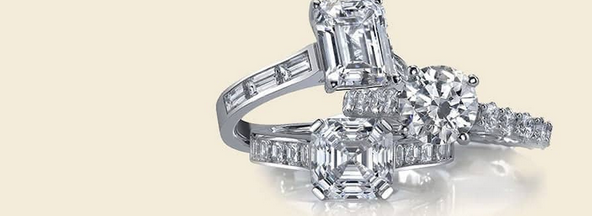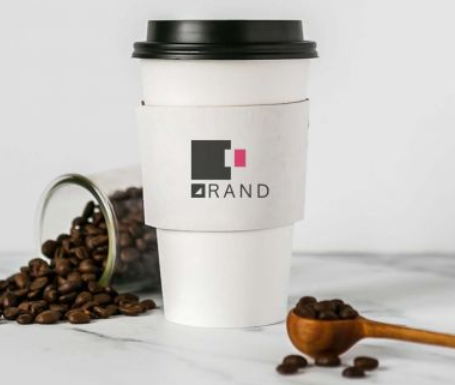In the dynamic and fiercely competitive realm of modern business, the significance of effective design cannot be overstated. From websites and product packaging to marketing collateral and brand identity, design profoundly influences how a company is perceived by its audience. Jared Kamrass underscores the pivotal role of effective design by highlighting the following reasons that underline its paramount importance for businesses:
Enhanced User Experience and Elevated Conversions: Effective design elevates user experiences by simplifying navigation and comprehension. Intuitive layouts, clear typography, and visually captivating elements cultivate a favorable impression and encourage engagement. Seamlessly crafted user experiences invariably translate into higher conversion rates as potential clients are more inclined to take action in the face of appealing and user-friendly design and content.
Amplified Brand Recognition and Reputation: A robust visual identity forged through effective design empowers businesses to stand out in a crowded marketplace. Consistent deployment of logos, color palettes, and other branding components nurtures brand recognition and instills trust in customers. A meticulously designed brand image imparts an aura of professionalism and reliability, thereby enriching the organization’s reputation and credibility.
Forges Emotional Connections: Effective design possesses the potent ability to evoke emotions and establish profound connections with customers. Colors, imagery, and visuals have the power to evoke specific sentiments that harmonize with the brand’s message and ethos. Emotional connections foster customer loyalty, as individuals are more inclined to rally behind brands that mirror their values and aspirations.
Augments Communication: Design operates as a language that communicates a business’s essence to its audience. Through visual cues, companies can convey their unique selling propositions, brand identity, and product attributes. Clear and captivating design components facilitate effective communication, simplifying the task of customers understanding intricate information and making well-informed choices.
Strengthens Brand Identity: A well-crafted design strategy assures consistent branding across all touchpoints, spanning from websites to marketing materials. A robust brand identity nurtures a sense of familiarity and trust, with customers readily recognizing the company’s values and offerings. A cohesive brand identity also distinguishes a business from its competitors in the consumer psyche.
Entices and Retains Patrons: Effective design functions as a potent magnet for attracting new customers while retaining existing ones. For instance, a visually enticing and user-centric website entices visitors to explore further and prolong their stay, thereby escalating the probability of conversions. Conversely, subpar design can lead to frustration and the exodus of potential patrons.
Yields Long-term Cost Savings: While the investment in effective design might seem like an initial outlay, it frequently translates into long-term cost savings. A meticulously designed website, for instance, can reduce customer support inquiries and amplify customer satisfaction, ultimately conserving time and resources. Furthermore, a robust brand identity can catalyze successful marketing campaigns, culminating in heightened returns on investment.
In summation, effective design transcends mere aesthetics; it serves as a cornerstone in shaping customer perceptions and interactions with a business. Committing to thoughtful and impactful design confers manifold advantages, from an enriched user experience and elevated conversions to augmented brand recognition and customer allegiance. To thrive in the fiercely competitive modern landscape, businesses must accord priority to design as a pivotal facet of their overarching strategy Jared Kamrass.



